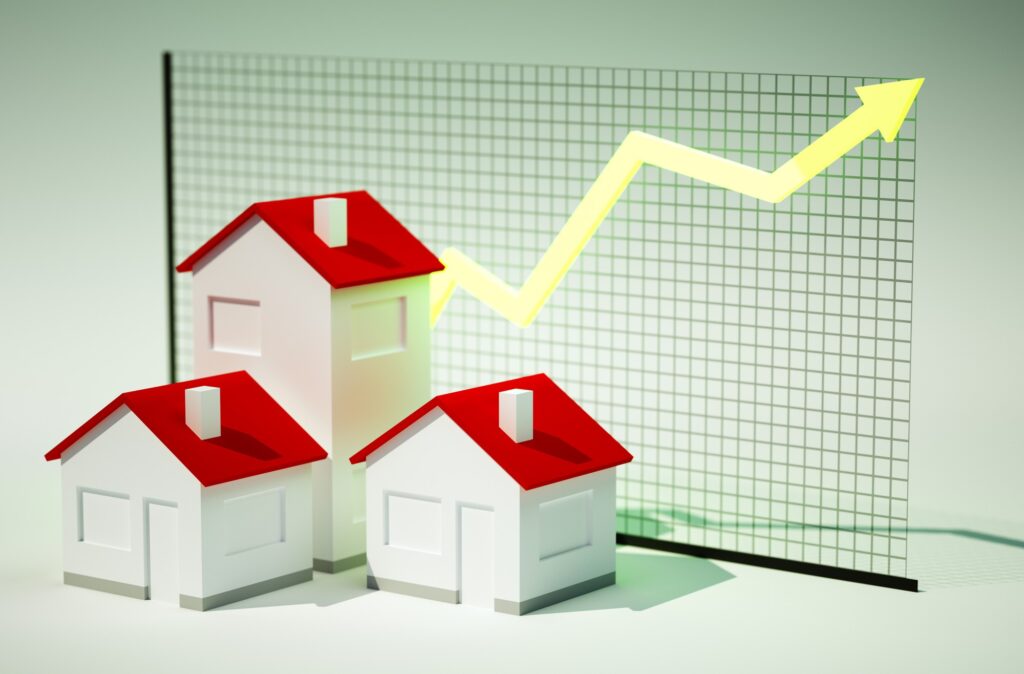Home Equity Line of Credit (HELOC)
A HELOC is a revolving line of credit that allows you to borrow against the equity in your home. It functions similarly to a credit card, providing flexibility to draw funds as needed up to a predetermined limit during the draw period, which typically lasts 10 years.

Key features of a HELOC include:
Variable Interest Rates: Most HELOCs have interest rates that fluctuate based on market conditions, which can affect your monthly payments.
Draw and Repayment Periods: During the draw period, you can borrow and repay funds multiple times. After this period, the repayment phase begins, during which you can no longer draw funds and must repay the outstanding balance.
Interest-Only Payments: Often, you are required to make only interest payments during the draw period, with principal repayments starting during the repayment phase.
HELOCs are commonly used for home renovations, education expenses, or as an emergency fund. It’s important to borrow responsibly, as your home serves as collateral, and failure to repay could lead to foreclosure.
Pros of HELOCs
Flexible Access to Funds
Borrow what you need, when you need it—great for ongoing or unpredictable expenses like home renovations.
Lower Initial Interest Rates
HELOCs often come with lower starting rates than credit cards or personal loans.
Interest-Only Payment Option (During Draw Period)
You can keep payments low at first by paying just the interest, which can ease short-term cash flow.
Cons of HELOCs
Variable Interest Rates
Rates can increase over time, which may raise your monthly payments and total cost of borrowing.
Risk of Foreclosure
Since your home secures the line of credit, missed payments could lead to losing your house.
Temptation to Overspend
Easy access to credit might lead to borrowing more than necessary, potentially creating financial strain later.
